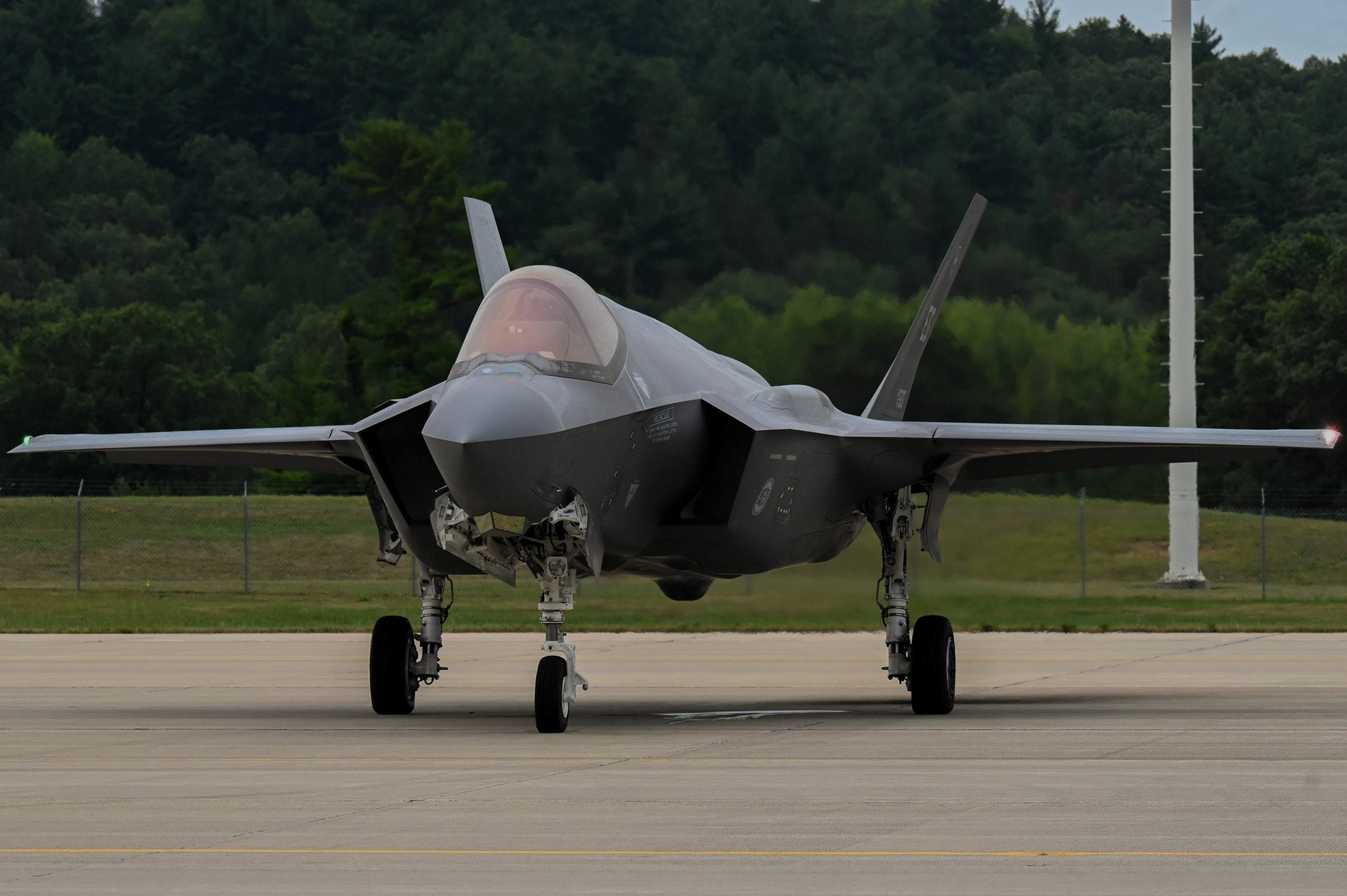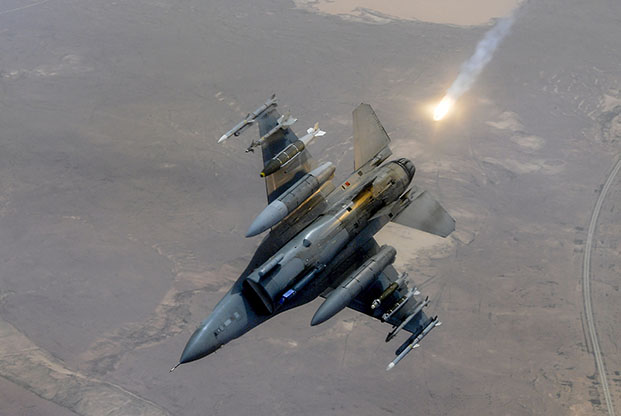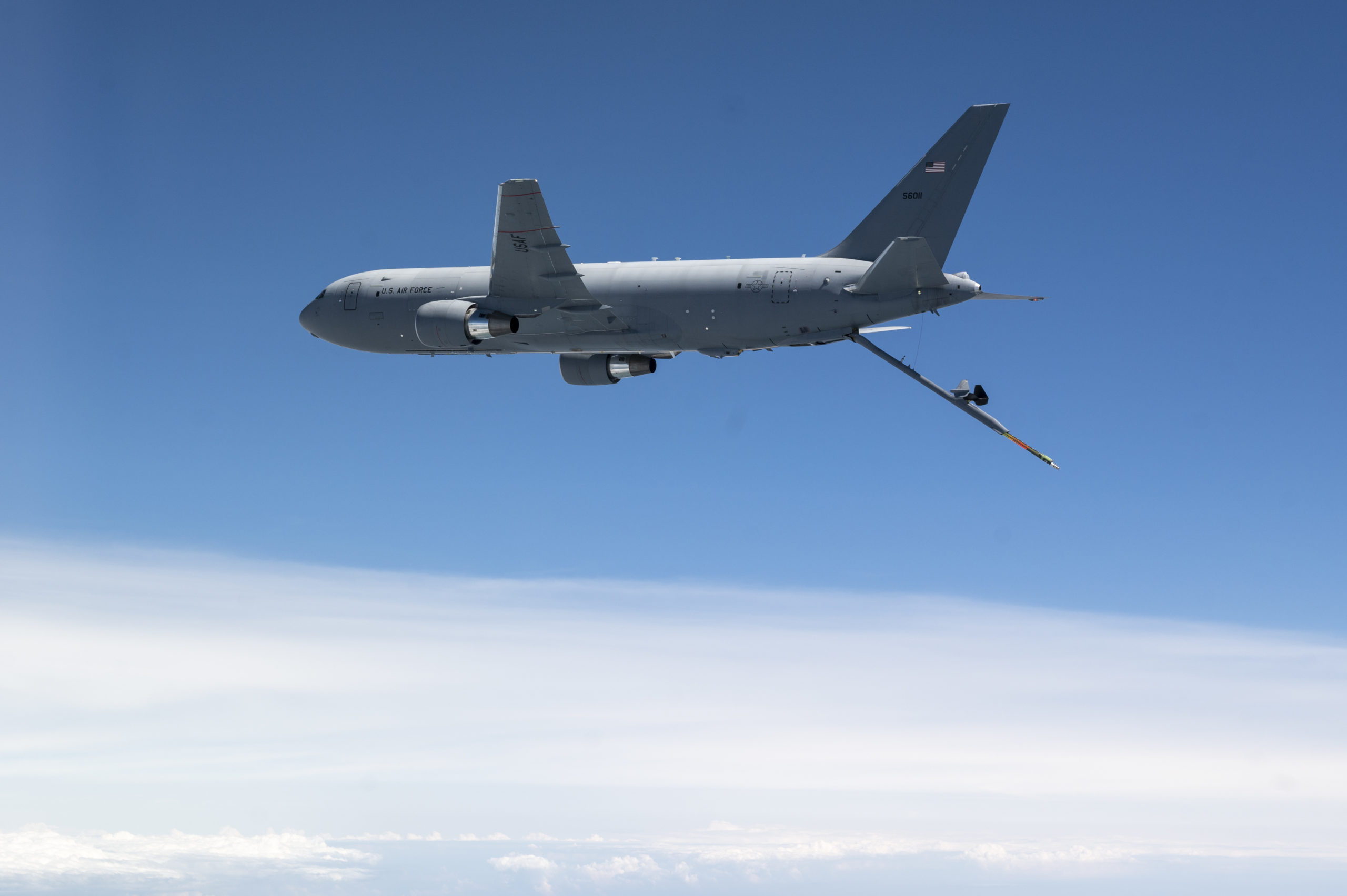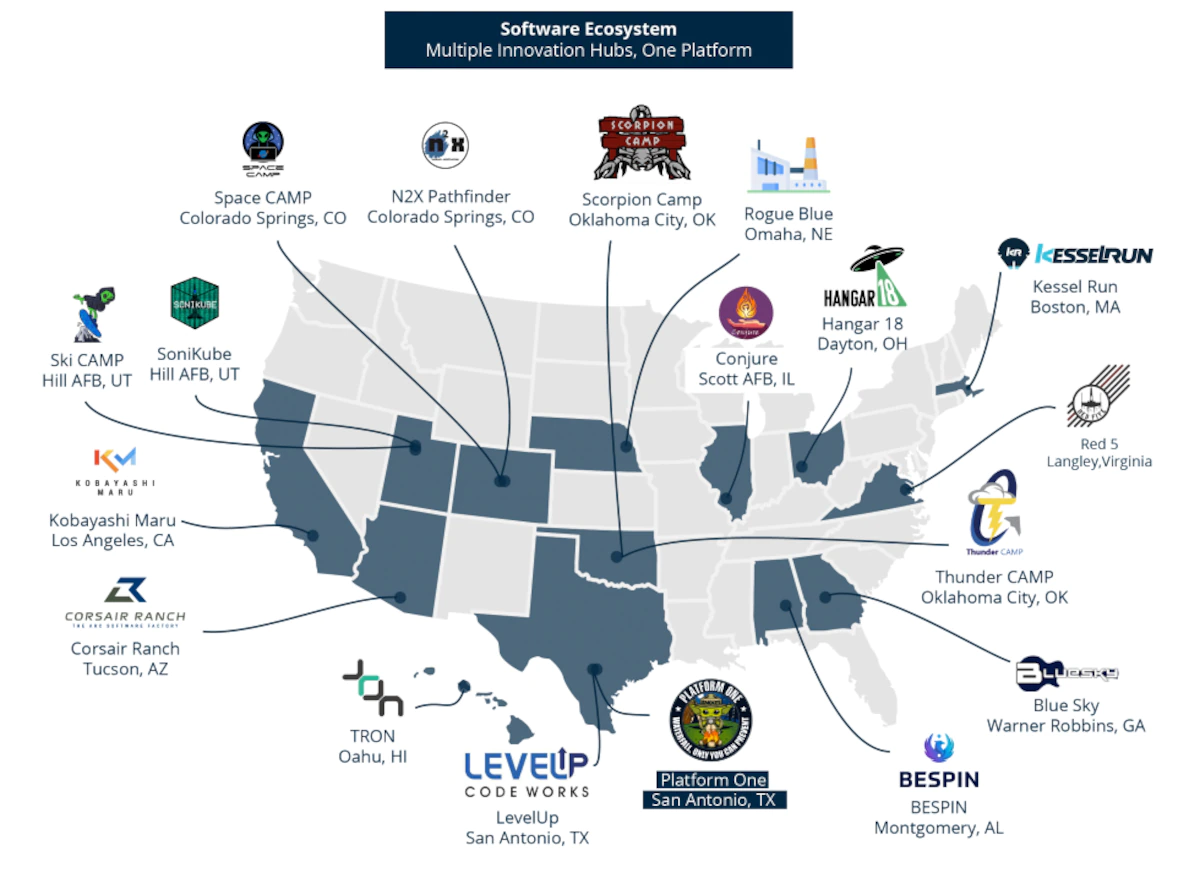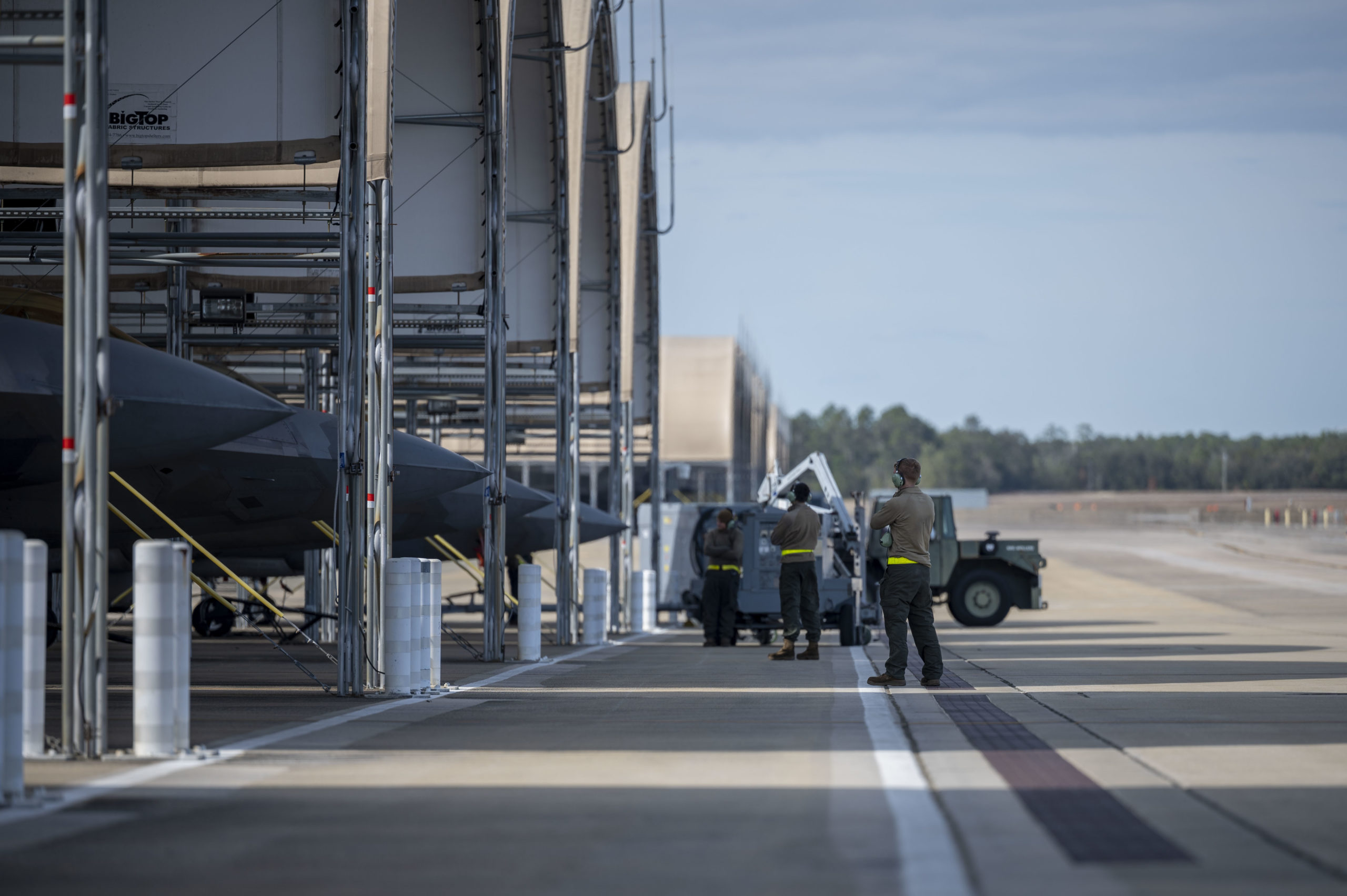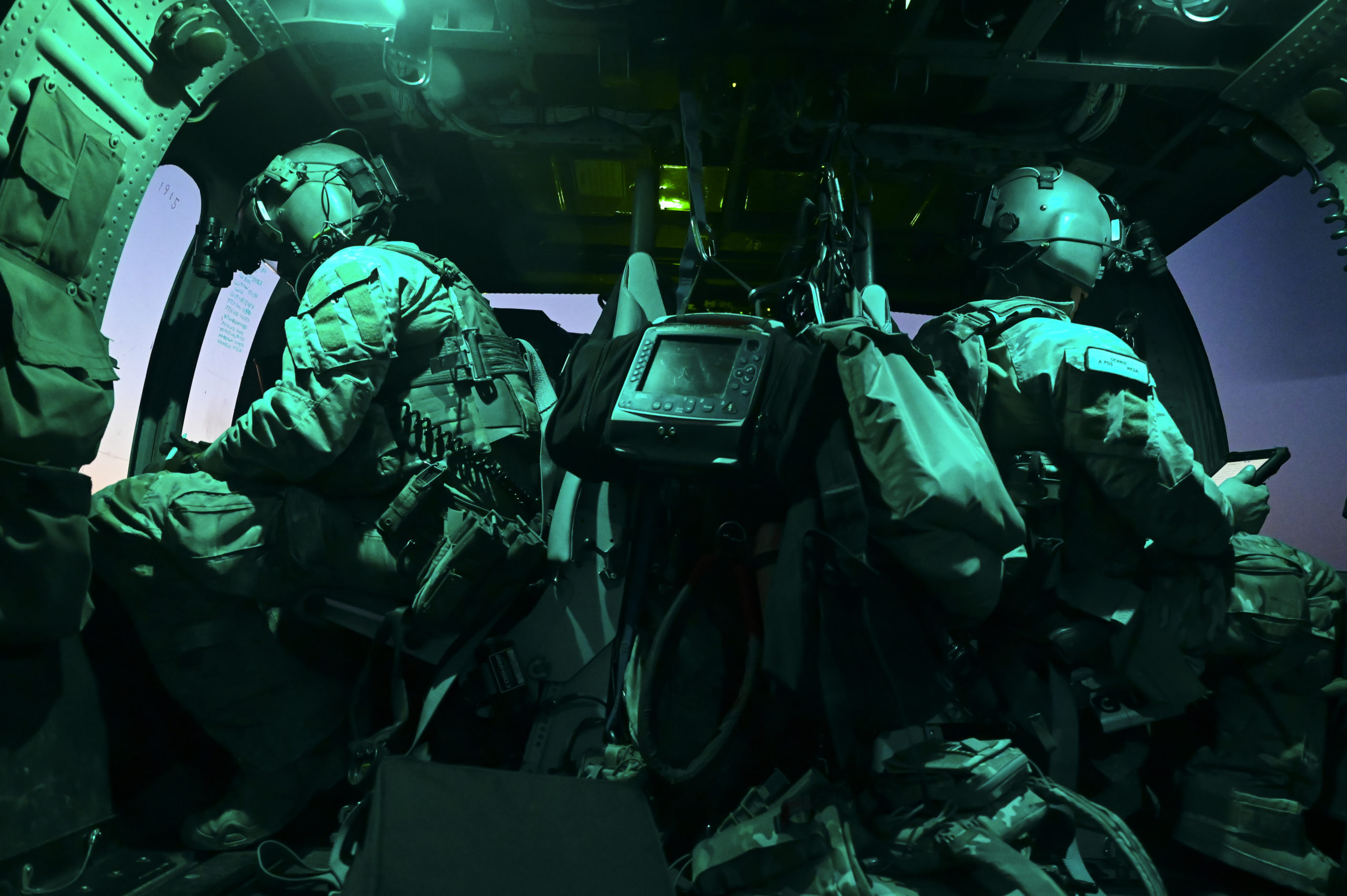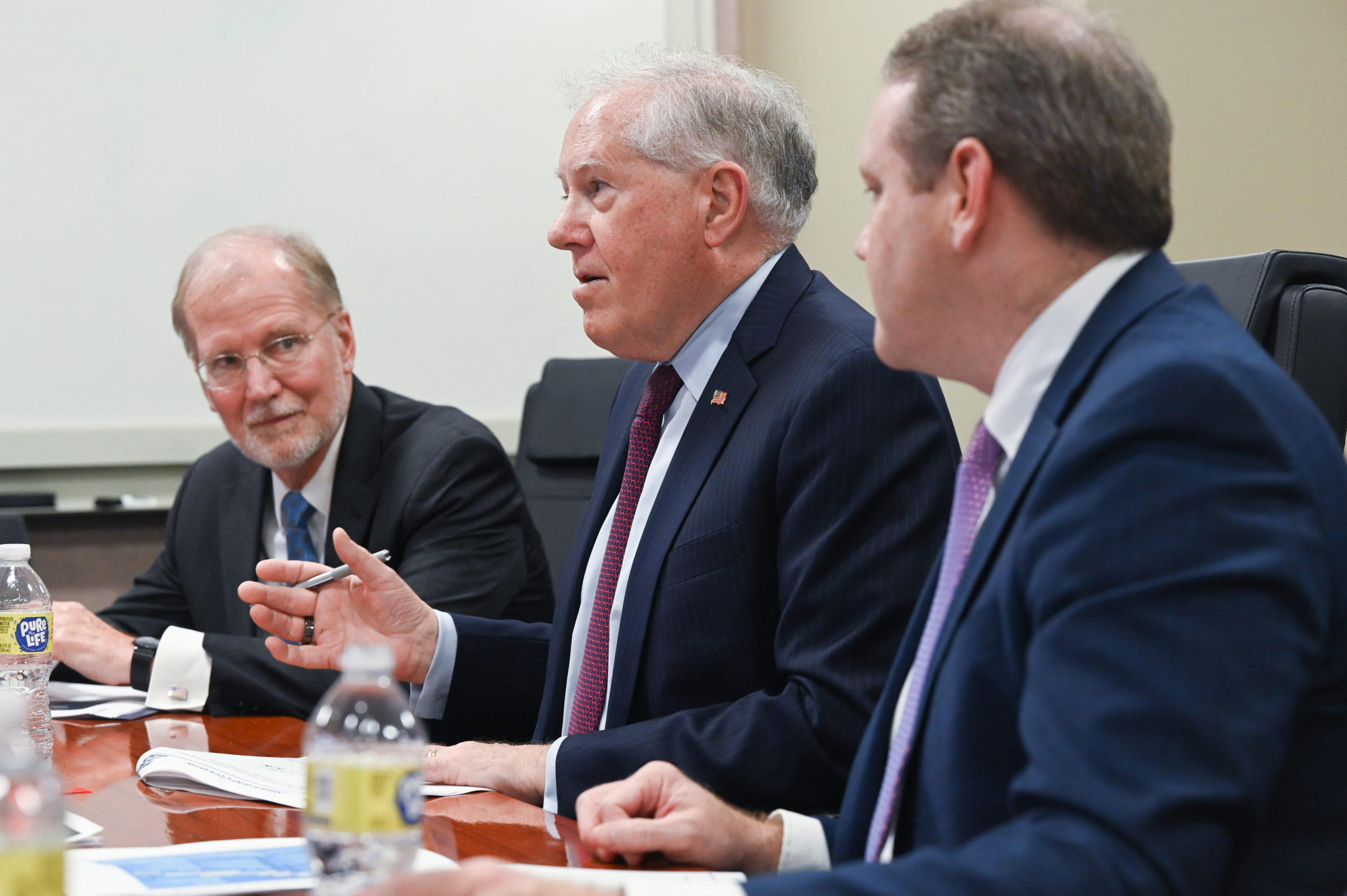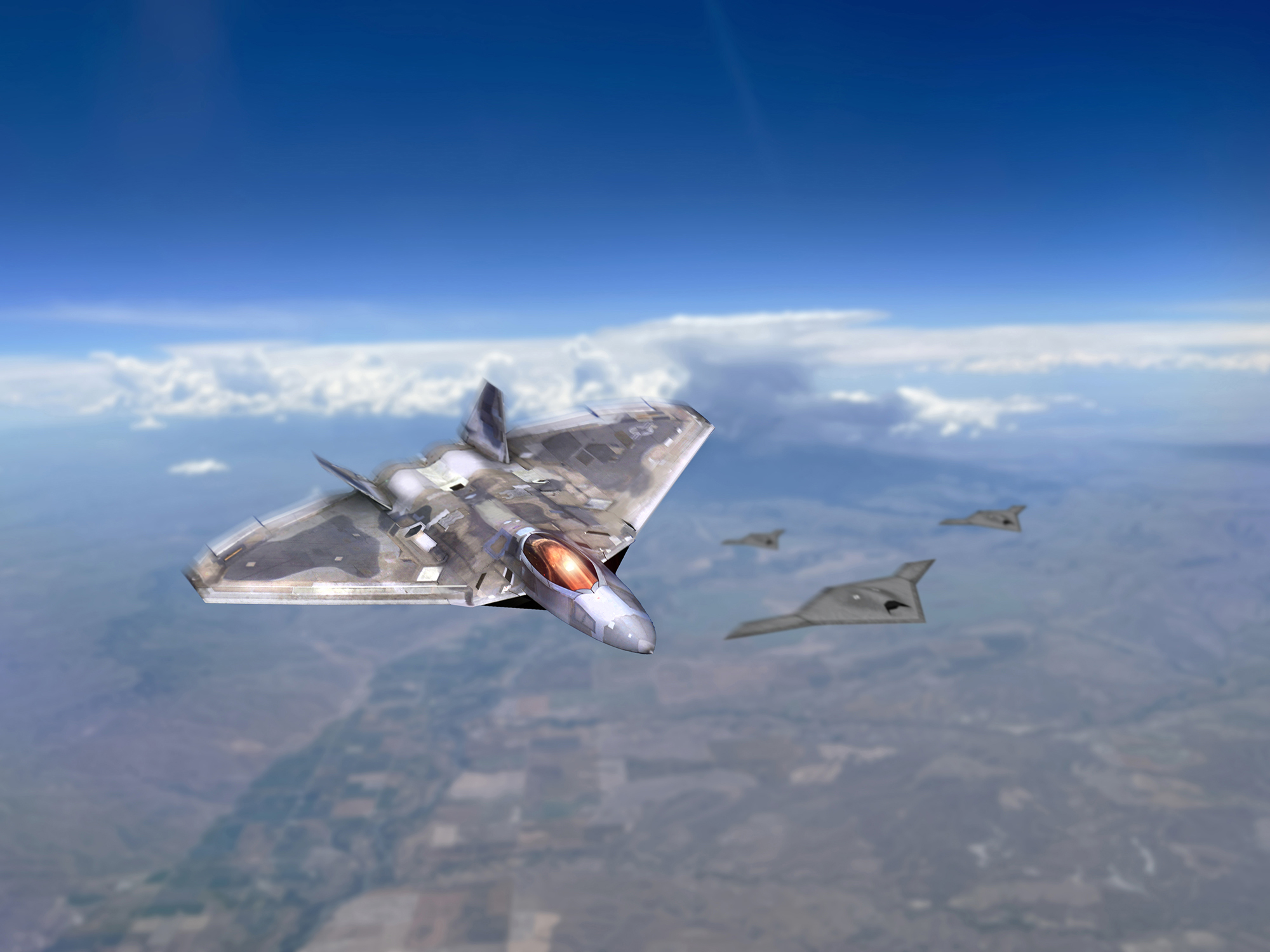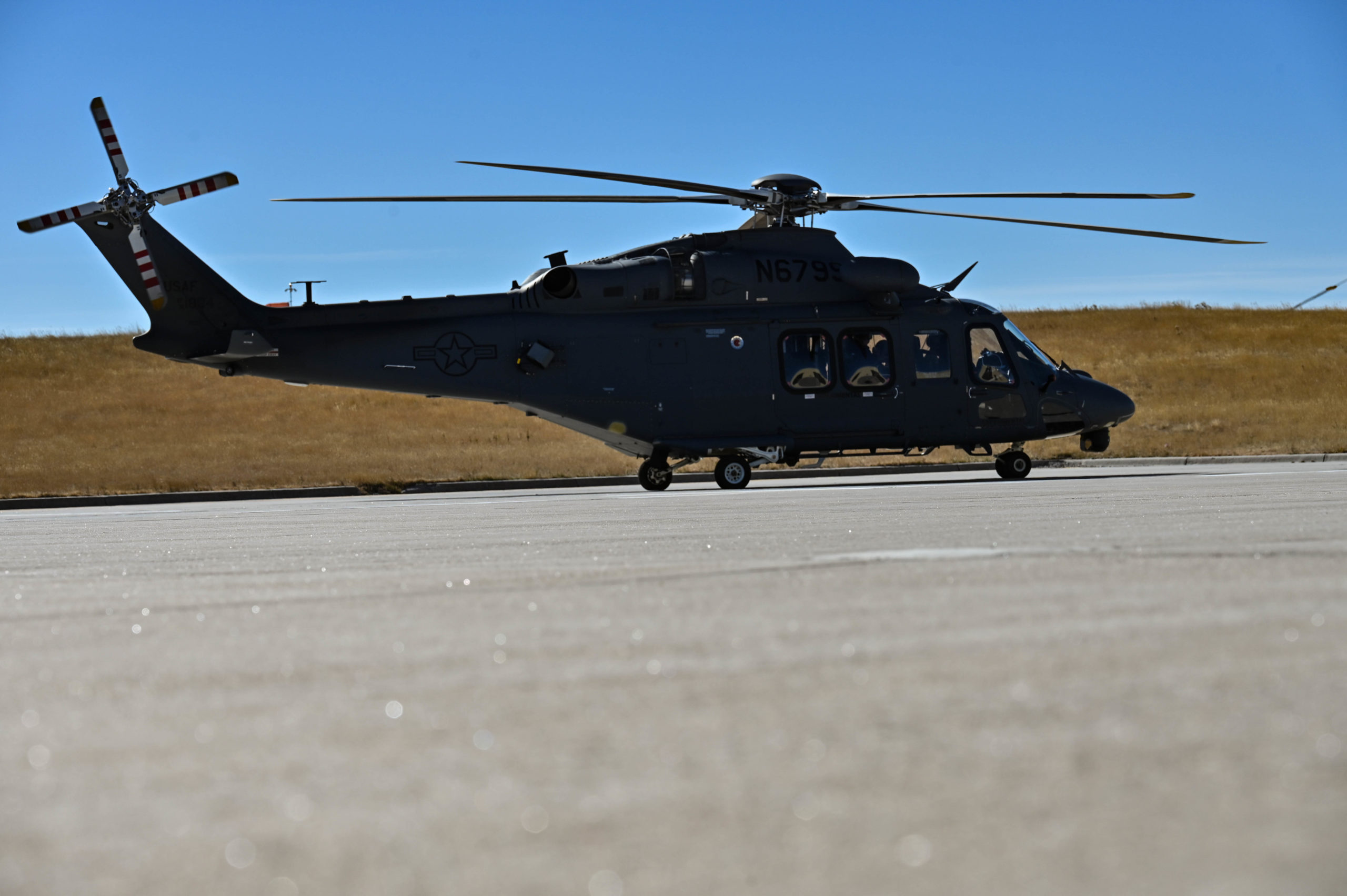Lot 15 of the F-35 fighter will include up to 129 aircraft, with 49 F-35As for the Air Force, and cost up to $7.6 billion, according to the details of a contract award announced by the Pentagon on Aug. 12.
The final contract award came less than a month after the F-35 Joint Program Office and Lockheed Martin announced a “handshake” deal for Lots 15-17 of the fighter, the result of months of delayed negotiations.
As part of that handshake deal, the JPO agreed to buy 375 fighters for an average of 125 per lot, roughly in line with the 129 agreed to in Lot 15 but well below the 156 per year that Lockheed Martin CEO James D. Taiclet had previously predicted.
The announcement of the handshake agreement did not include any information on pricing, per-variant totals, or how many each service and partner country would receive. In the Lot 15 announcement, some of those details were revealed. Of the 129 total aircraft,
- the Air Force will get 49 F-35As;
- the Marine Corps will get three F-35Bs and 10 F-35Cs;
- the Navy will get 15 F-35Cs;
- non-DOD participants—international partners in the F-35 program—will get 32 F-35As and four F-35Bs;
- and Foreign Military Sales customers will get 16 F-35As.
The announcement does not specify which international partners or FMS customers will get the Lot 15 jets.
In addition to the fighters themselves, the Lot 15 deal, technically a modification to a previous advance acquisition contract, will include “69 shipsets of technical hardware.”
Work on the contract is expected to last until October 2024, with the majority occurring in Lockheed Martin’s Fort Worth, Texas, facility. The Air Force is providing the largest chunk of funding at roughly $2.7 billion, taken from its 2020 and 2021 aircraft procurement accounts.
The JPO and Lockheed Martin had previously said they were working first to ink a deal for Lots 15 and 16 “as a high priority.” The JPO will “exercise a contract option for Lot 17 in FY 2023” after the fiscal 2023 budget is made final, in order to take into account any congressional adds or international orders.
The overall lower numbers of jets agreed to in Lots 15-17 come as the Air Force cut back on its purchase of F-35s in the 2023 budget, down to just 33 F-35As, with plans to go even lower in 2024.
Air Force Secretary Frank Kendall has indicated that the service is waiting for Lockheed Martin to finish developing the long-awaited Block 4 and Technical Refresh 3 updates for the fighter before increasing its buys again, to avoid having to retrofit fighters in the future.
At the same time, the cost of the F-35 is likely to go up. While the Pentagon did not release an exact price per tail in the Lot 15 contract, both DOD and Lockheed Martin have pointed toward the effects of the COVID-19 pandemic, supply chain disruptions, and rising inflation, as challenges in negotiations that will likely drive up costs.
